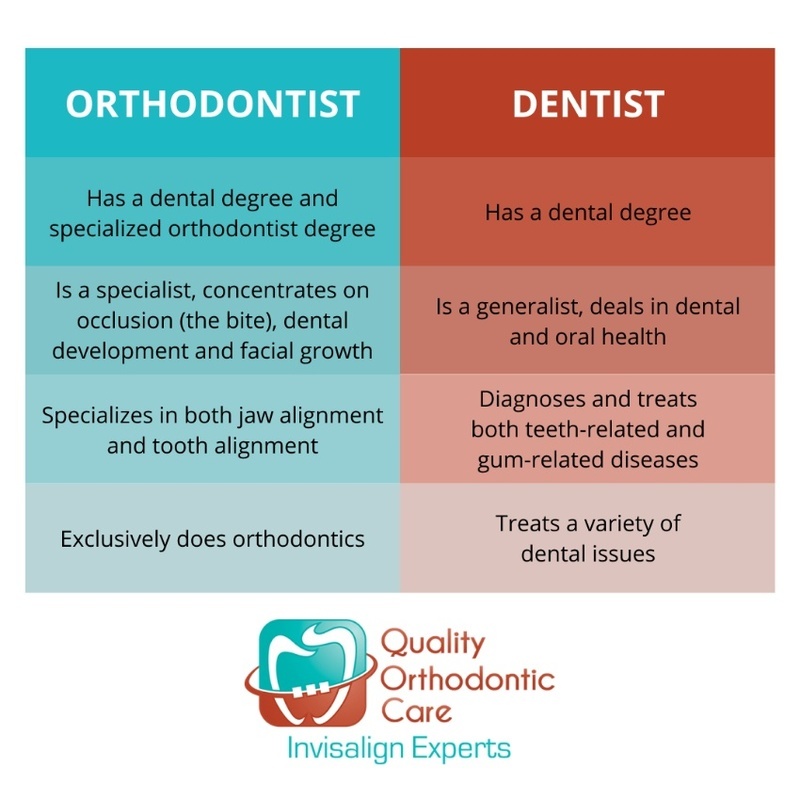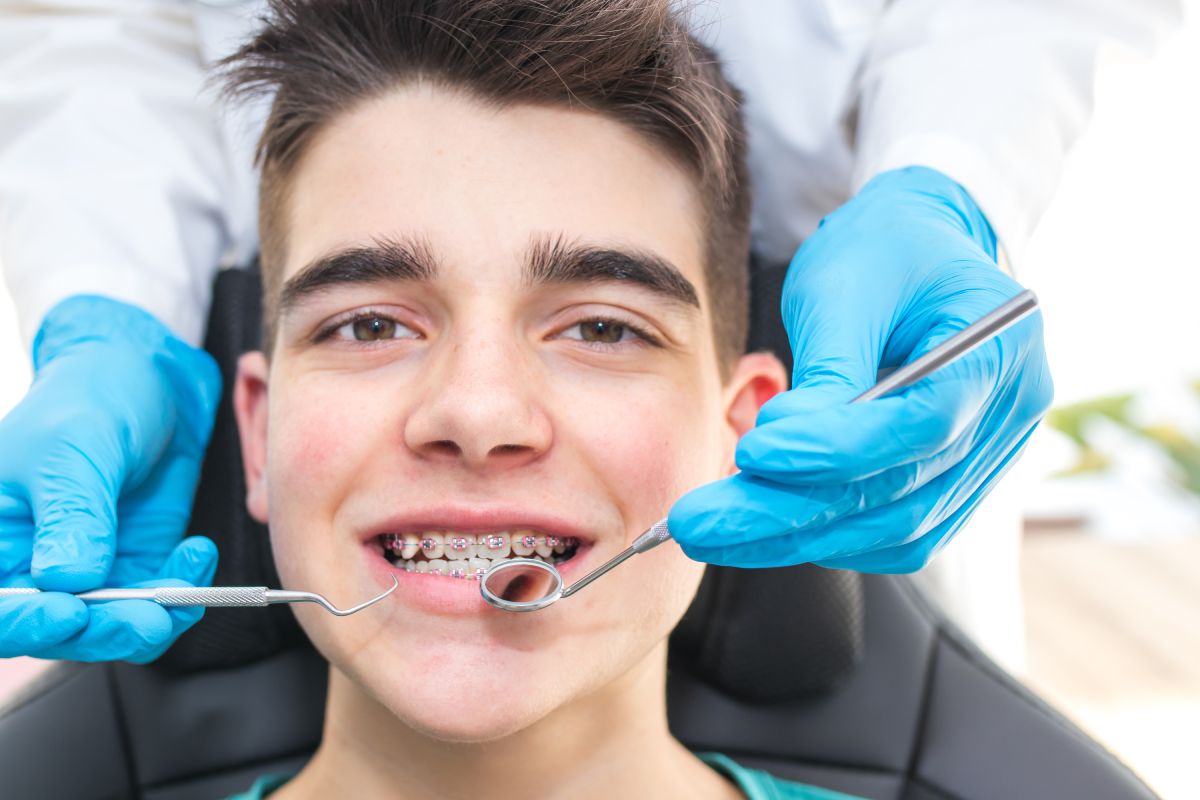Not known Details About Causey Orthodontics
Wiki Article
The Only Guide to Causey Orthodontics
Table of ContentsIndicators on Causey Orthodontics You Need To KnowThe Main Principles Of Causey Orthodontics 3 Simple Techniques For Causey OrthodonticsThe 9-Minute Rule for Causey OrthodonticsCausey Orthodontics Can Be Fun For AnyoneCausey Orthodontics - An OverviewRumored Buzz on Causey Orthodontics
What is the distinction in between a dental professional and an orthodontist? All dentists, consisting of orthodontists, deal with the teeth, periodontals, jaw and nerves.
You can assume of both physicians who deal with gum and teeth problems. The major distinction is that coming to be an orthodontist needs a certain specialized in treating the imbalance of the teeth and jaw.
The Facts About Causey Orthodontics Uncovered
An orthodontist is a dental expert that has undergone training to specialize in the medical diagnosis, avoidance and therapy of irregularities in the jaw and teeth. They can additionally determine possible issues in teeth positioning that might develop when conditions are left untreated (best orthodontist near me).
This includes all the needed education to come to be a general dental professional. According to the American Pupil Dental Association (ASDA), it means you will need to have either a Doctor of Medication in Dentistry (DMD) or a Doctor of Oral Surgical Treatment (DDS). Simply put, orthodontists need to complete oral school and after that acquire an orthodontics specialized education and learning.
Some orthodontists likewise obtain their masters in craniofacial biology. These programs concentrate on 2 certain locations or techniques: Dentofacial Orthopedics: This research study concentrates on directing teeth and jaw development.
Causey Orthodontics for Dummies

 The total objective of an orthodontist is to boost a person's bite. Not everybody is birthed with straight teeth, and an orthodontist will make certain that patients obtain uniformly spaced straight teeth.
The total objective of an orthodontist is to boost a person's bite. Not everybody is birthed with straight teeth, and an orthodontist will make certain that patients obtain uniformly spaced straight teeth.
Causey Orthodontics for Beginners
The American Association of Orthodontists suggests your first check up by age 7. You'll need to see your orthodontist if you have an imbalance in your teeth, likewise known as malocclusion. Likewise, if you see irregular bite patterns, a somewhat misshapen jaw, or when your teeth are chock-full, you will likely require orthodontic therapy.At Advanced Orthodontics, we supply people with a holistic treatment experience. In enhancement, we provide adjustable therapy timetables, adaptable settlement alternatives and an enjoyable, pleasurable experience. Phone call ( 480) 357-4900 today for more details and schedule a visit.
An orthodontist is a dental expert trained to detect, avoid, and deal with teeth and jaw abnormalities. Orthodontists work with people of all ages, from youngsters to adults (https://www.inkitt.com/causeyortho7).
The 6-Minute Rule for Causey Orthodontics
Malocclusion, or misaligned teeth, can result in dental issues, including tooth degeneration, gum disease, and hard or painful chewing. However not everyone is born with straight teeth. If you have a poor bite or big rooms between your teeth, you may desire to seek advice from a dental expert focusing on orthodontic care.(Picture Credit Report: DigitalVision/Getty Images) Orthodontists make use of repaired and detachable oral devices, like braces, retainers, and bands, to change the placement of teeth in your mouth. Orthodontic therapy is for dental abnormalities, including: Uneven teethBite problems, like an overbite or an underbiteCrowded teeth or teeth that are also much apartJaw misalignmentThe objective of orthodontic treatment is to improve your bite.
The 7-Minute Rule for Causey Orthodontics

, but not all dental professionals are orthodontists. They focus on two locations: How to properly and safely relocate teeth How to effectively assist development in the teeth, jaw, and faceOnce an orthodontist has actually finished training, they have the alternative to become board accredited.
Imbalance, or malocclusion, is one of the most usual factor individuals see an orthodontist. It is genetic and is the outcome of size differences between the top and lower jaw or in between the jaw and teeth. family orthodontics. Malocclusion brings about tooth congestion, an askew jaw, or uneven bite patterns. Malocclusion is typically treated with: Your orthodontist connects metal, ceramic, or plastic square bonds to your teeth.
Causey Orthodontics Can Be Fun For Everyone
If you have just minor malocclusion, you might have the ability to make use of clear braces, called aligners, rather than standard braces. Some individuals require a headgear to aid move teeth into line with pressure from outside the mouth. After dental braces or aligners, you'll need to wear a retainer. A retainer is a custom gadget that keeps your teeth in place.Report this wiki page